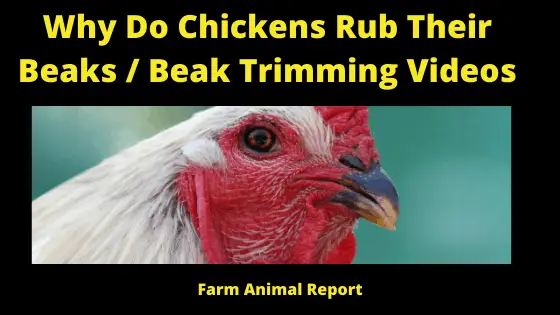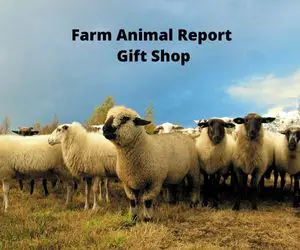Why Do Chickens Rub Their Beaks? Chickens use they rub their Beaks for Communication with each other. It is also done to clean their beaks and to sharpen and keep their beaks honed and trimmed as the beaks grow.
- Sharpen Their Beaks
- Clean Their Beaks
- Trim Their Beaks – Beaks Grow Fast
- Excitement
- Romance
Why Do Chickens Rub Their Beaks on the Ground?
As a general rule chickens Rub their beaks to clean them. They also rub their beaks to sharpen the beak. Their Beaks also grow very fast. This helps keep them trimmed. Birds rub the beak to clear the beak of leftovers, bits, and pieces of food that may get stuck on the edges, hulls of seeds that get wedged onto the edges of the beak, and the dried blood and guts from insects and other animals that some birds may eat.
Why Do Chickens Rub Their Beaks on the ground – Chickens don’t communicate by just vocal; chickens have a repertoire of visual displays or body language to communicate a wide range of information. Chickens use sophisticated signals to convey their intentions when making decisions, they take into account their own prior experiences and knowledge surrounding the situation. Scientists recognize that their communication skills are on par with some primates. There are three main reasons birds rub their beaks:
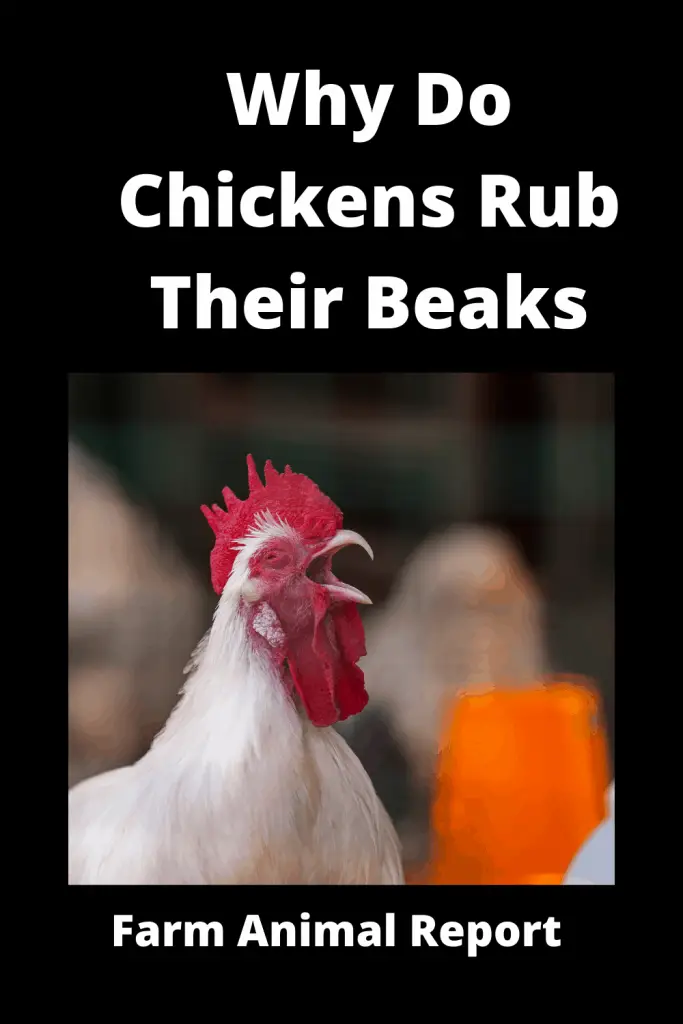
Why Do Chickens Rub Their Beaks / 3 Reasons
To clean the beak.
Eating with a beak means that stuff will stick to the beak no matter how careful you are. Birds rub the beak to clear the beak of leftovers, bits, and pieces of food that may get stuck on the edges, hulls of seeds that get wedged onto the edges of the beak, and the dried blood and guts from insects and other animals that some birds may eat.
12 Ways to Make Money by Chicken Farming—Extensive Guidelines for Chicken Farmers
To sharpen the beak
Some birds have beaks that no longer grow much after maturity. Puddle ducks are such examples. Other birds have beak edges that wear down from simple day-to-day use for searching for food and eating. Many ground-dwelling birds and shorebirds fit this category. Still, others have beaks that grow faster than will wear down from simple use and feeding.
Check Out Amazon for Educational Resources for Breeding Chickens
These birds use rough branches or even rocks and swipe their beaks across them as a person might use a stone to sharpen a knife or other blade. This action keeps the beak “honed” for use and helps prevent overgrowth. Birds of prey and parrots can often be seen swiping their beaks in an alternating fashion across a branch on which they are perched to thus hone the edges (and ultimately, the length) of their constantly growing beak.
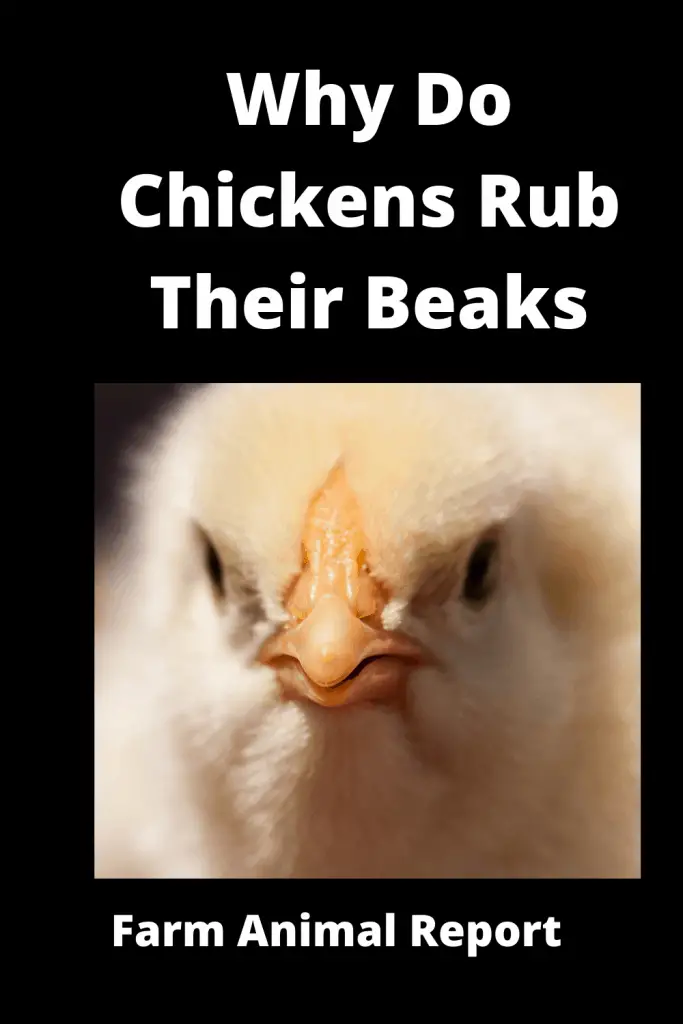
How to Trim a Chickens Beak
As a behavioral signal to others. Warning / Courtship
Some birds use beak rubbing as a behavioral signal to others. This can be seen in parrots, for instance, who might aggressively rub their beak on the branch where they are sitting in a fashion a little different than the honing actions they use to mean and trim their beaks. In some cases, this aggressive and rapid rubbing indicates excitement or perhaps a notice that they are aware of an approach and are warning the intruder. In some other birds, beak rubbing is used in courtship displays.
Different Behavior of Mature Chickens
Individual Recognition
Birds that normally form a social hierarchy, such as chickens, doves, and pigeons, usually attack a new bird of the same species or breed that is introduced into the pen or cages. In order to develop a pecking order, birds must be able to recognize individuals in a flock.
This ability allows them to identify and peck only those hens lower in the pecking order. It is not clear what clues chickens are using in order to identify individual chickens within a flock. Early research examined the effect of returning an experimentally modified bird to a flock.
If the bird was pecked, researchers assumed that the others in the flock did not recognize the bird. For example, it was shown that if the loopy comb of a hen was moved to the other side of the head, she was not recognized by the others in the flock.
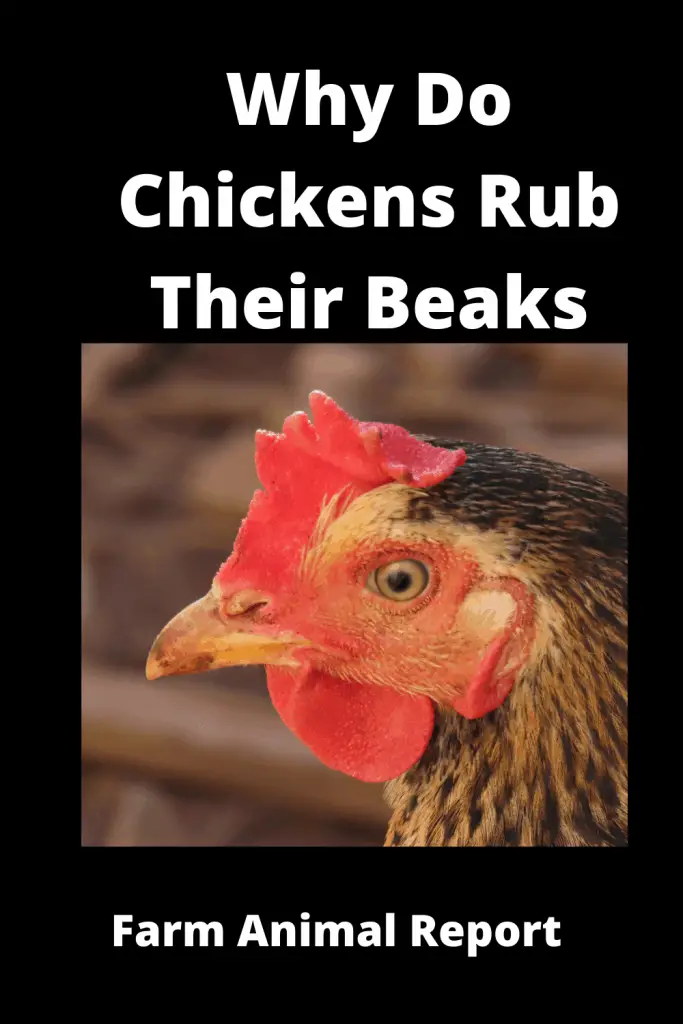
Similarly, when individual dubbed hens were returned to a flock, they were attacked by the hens that had previously been below them in the pecking order. If, however, a larger number of dubbed hens were returned to the flock, the chickens were able to develop a new pecking order.
This would suggest that the comb is not the only factor used in identifying individuals in a flock. Individual birds react to feather changes and make adjustments. Intense color changes on white individuals are more effective in producing a loss of recognition than different shades or tints.
Alterations of the head and neck were shown to be more effective in producing a loss of recognition than changes to areas of the main body. Although some features are more influential than others, no single feature is the sole means of recognition.
Recent research suggests that laying hens are able to recognize around 30 individuals. The social structure developed in small groups begins to break down in flocks of 30 to 60 birds. When there are more than 60 the birds in a flock, the chickens become less aggressive and more tolerant of each other.
Preening / Grooming
Grooming activity in birds is referred to as preening. Feathers are important for insulation and waterproofing (in addition to flight for those birds that can fly). Feathers are composed of a shaft with several long thin structures called barbs.
These barbs are held together by smaller barbules. Sometimes the barbs have pulled apart, which makes the feather ineffective for insulation and waterproofing. A bird runs its feathers through its beak when it preens, which realigns the barbs and makes the feathers better able to perform their functions.
Birds also need to keep their feathers oiled to prevent them from becoming brittle and to help with insulation and waterproofing. Birds have a single oil gland near the base of the tail, referred to as the preen gland. Birds pinch this gland with their beaks to extract a waxy oil, which they then apply as they pass their feathers through their beaks. Chickens preen on their own, but they prefer to do it as a group activity.
Fighting
Chicks start fighting when they are only a few weeks old. They are already starting to establish their rank in the flock. This fighting often continues until they reach maturity and the pecking order is well established. Sometimes fights occur among adult birds.
This can occur when a member of the flock becomes tired of its position in the social hierarchy and decides to challenge a higher-ranking bird. More commonly, however, fights occur when a new bird is introduced into the flock and has to find its place in the pecking order or when a bird is reintroduced to the flock after a long absence.
Although both male and female chickens fight, fights between males tend to be more violent and are more likely to result in injury or death. When two birds are on the verge of a fight, they will eye each other and may casually circle around each other, each pretending to peck at something on the ground while watching the other.
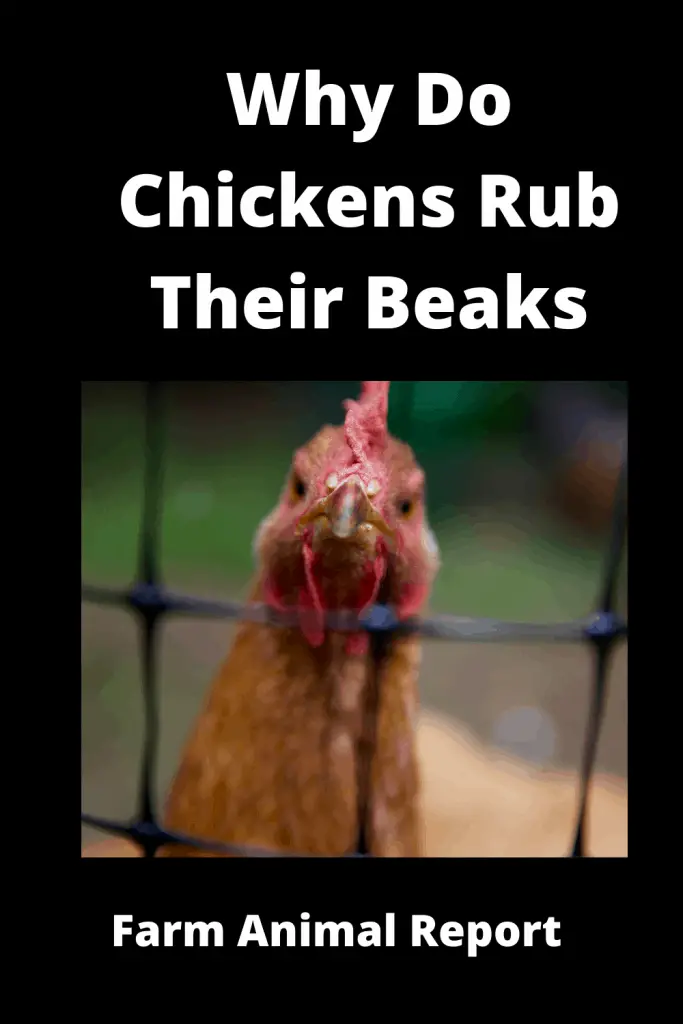
When the fight begins, the birds will raise their neck feathers and point their wings toward the ground, spreading them apart from the body. They will then stand as tall as they can and try to face each other down. If neither bird backs down, they will start pecking, scratching, and jumping at each other. They will also beat at each other with their wings.
Foraging
In the wild, jungle fowl spend 61% of their time foraging. Foraging behaviors include pecking and scratching at potential food sources, as well as looking for and sampling possible food sources.
Providing chickens with a complete feed eliminates the need for foraging in order to obtain nutrients, but the hens will continue performing this behavior. Although finding food is not the ultimate goal of the foraging behavior in domesticated fowl, researchers have not yet been able to determine the motivation for this behavior. There are a number of theories, but little evidence to support them.
Natural Foods for Free Range Chickens
| Insects They Love to Eat | Insects they will not eat |
|---|---|
| Earthworms | Elderbugs |
| Grasshoppers | Lady Bugs |
| Grasshoppers | Honey Bees |
| Ants | Wasp |
| Terminates | Bumble Bees |
| Grasses | Stink Bugs |
| Green Leafy | |
| Berries | |
| Hookworms | |
| Larvae | |
| Spiders | |
| Scorpions | |
| Beetles | |
| Spiders | |
| Grubs | |
| Mealworms | |
| Crickets | |
| Ticks | |
| Slugs | |
| Mayflies | |
| Parisite Eggs | |
| Gnats | |
| Cockroaches | |
| Japanese beetles | |
| Earwigs | |
| Butterflies | |
| Salamanders | |
| Tiny Lizards | |
| Tomatoe Worms | |
| Cabbage Worms | |
| Fleas | |
| Pill Bugs | |
| Amphids | |
| Misquitos | |
| Fly / Maggots | |
| Fire Ants |
Insects they will Eat
Insects they will not eat
Nesting
Domestic hens prefer to lay in nests containing loose material that they can settle into, molding the material with their bodies and feet, and that they can manipulate it with their beaks. When given a choice, the former condition is more important than the latter.
It is important for pullets to have access to nesting boxes before they start to lay. If a hen will have to jump up to nest, she must be trained to do so as a pullet. If she does not learn in the laying house, she could end up laying a greater number of eggs on the floor. Birds are mimics, and the first layers become the teachers for the remaining pullets in a flock. Hens can differ in their preference for nesting locations.
When a group of hens was given the choice between a nest box and a litter tray, the majority preferred the nest box. There were some hens, however, who preferred the litter tray. Those that selected the litter tray tended to spend more time exploring during the hour prior to laying an egg than did those that selected the nest box. Their final trip to the nest, when the egg was laid, was shorter for those that selected the litter tray. The pre-laying behavior of domestic chickens is similar for most hens.
Before laying, a hen shows restlessness and begins to look for a nest, poking her head into the nest boxes provided. Between nest examinations, she typically resumes other behavior she had been performing, eating, preening, sleeping, and so on. Over time, the hen puts more and more of her body into the nest boxes she is examining, eventually entering one and settling down. Hens may stay in the nest after the egg is laid.
They may later cackle and leave the nest. Different breeds may exhibit some aspects of pre-laying behavior more than others. Leghorn hens, for example, typically show pronounced searching and nest-selection behavior. As a result, these hens spend more time visiting and investigating a number of potential nest sites before choosing one. In contrast, hybrid layers of brown-shelled eggs tend to sit longer in nests and perform nest-building activities.
Pre-laying behavior is triggered by hormones associated with the last ovulation and not by the presence of an egg in the shell gland. Normally, the pre-laying behavior begins an hour or two before the egg is ready to be laid.
If egg laying is delayed for some reason, the period for pre-laying behavior will pass, and the hen will no longer be motivated to search for a nest. In these cases, the egg may be laid outside the nest while the hen goes about other activities. This can happen, for example, when dominant hens prevent subordinate hens from entering nests.
Dust Bathing
Dust bathing is the act of rolling or moving around in the dirt to cleanse the skin and feathers of parasites, dead skin, and other skin irritants. It also helps prevent the buildup of the oil from preening.
When chickens do not have access to dust baths, they will nonetheless go through the motions of dust bathing. In behavioral studies, hens have shown a willingness to work to gain access to material for dust bathing. (Note that access to a dust bath does not prevent feather pecking.
Perching
Chickens have a desire to roost. At about three weeks of age, chicks start to jump up to higher surfaces. The structure of a chicken’s claws ensures a firm grip while the chicken is perching and will prevent the chicken from falling off a tree branch, even when the bird is asleep.
Chickens go to perches about half an hour before twilight, with the actual time depending on light intensity. For example, they will perch earlier than expected on a dull, cloudy day and later than expected on a bright, clear day. They seem to perch when the light is about 1.25 foot-candles.
The “flying down” time in the morning is typically 30 minutes before dawn, at around 0.003 foot-candles of light. Again, the actual timing of this activity varies depending on the weather conditions. Chickens snuggle together during the night and start spreading out about two hours before the lights come on.
Chicken / Poultry Breeder Associations
| Rabbit Association | Location | Link |
|---|---|---|
| US Poultry & Egg Association | United States | USPA |
| American Poultry Association | California | APA |
| Ohio Poultry Association | Ohio | OPA |
| National Chicken Council | United States | NCC |
| British Poultry Council | United Kingdom | BPCE |
| Poultry Club of Great Britain | United Kingdom | PCGB |
| Association of Poultry Breeders in EU | Europe | AVEC |
| Australian Chicken Meat Federation Inc | Australia | ACMF |
| Australian Poultry Hub | Australia | Poultry Hub |


